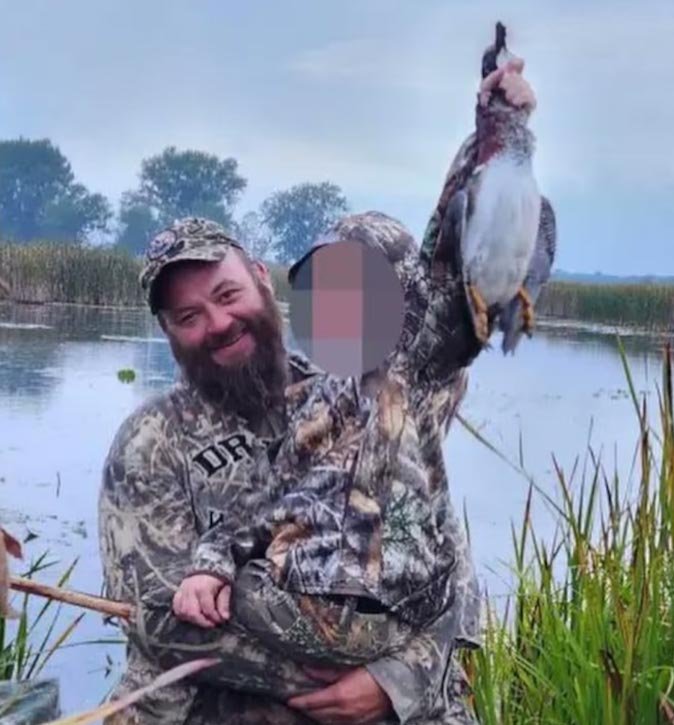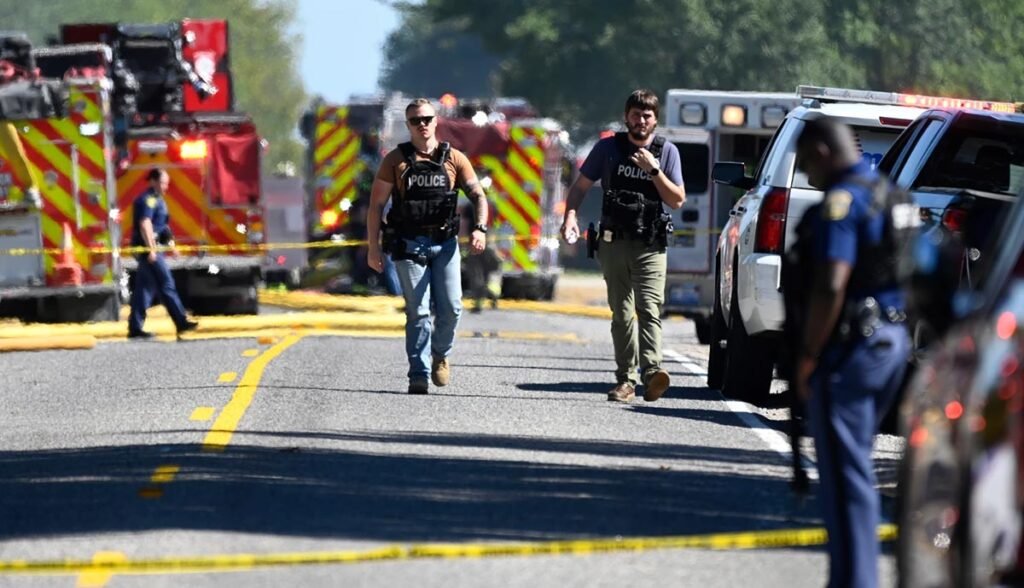On Sunday, September 28, 2025, a mass shooting and deliberate fire consumed a Church of Jesus Christ of Latter-day Saints building in Grand Blanc Township, Michigan. Authorities have identified the attacker as Thomas Jacob Sanford, 40, a former U.S. Marine from nearby Burton, who died in a brief shootout with police after launching the assault.
The attack: timeline and initial facts
Law enforcement says Sanford drove a pickup truck into the church’s front entrance around 10:25 a.m. local time, then opened fire with an assault-style rifle at congregants attending Sunday services. At nearly the same moment, the church was set ablaze using an accelerant—believed to be gasoline—and “suspected explosive devices” were found at the scene, though investigators have not confirmed whether those devices were used to initiate secondary detonations.
Officers arrived rapidly and engaged Sanford in a gunfight; he was shot and killed approximately eight minutes after the first 911 call, in the parking lot of the church. At least four killed and eight wounded are officially confirmed casualties, though officials continue to search the charred remains for additional victims.
Federal investigators, led by the FBI, are treating the case as an “act of targeted violence,” though no motive has yet been established.
Who was Thomas Jacob Sanford?

Sanford’s military service and personal history have attracted scrutiny in the days following the attack. He joined the U.S. Marine Corps in June 2004 and served until June 2008, rising to the rank of sergeant. During his tenure, he was deployed to Iraq, including in al-Fallujah, and later served as an automotive mechanic and vehicle recovery operator.
After leaving the military, Sanford settled in Burton, Michigan, where he lived with his family. He was a father to a son born with a rare medical condition—hyperinsulinism—a detail that has surfaced in public and social media records. His social media presence included photos of hunting, fishing, and other outdoors pursuits, painting a picture of someone engaged in rural hobbies. Some reports also note a Trump flag displayed outside his residence, though authorities have not confirmed any direct political motive.
Neighbors and acquaintances have offered mixed assessments: some described him as a “good neighbor,” occasionally helping others with tasks like plowing driveways, while others say they saw no signs of extremist behavior or overt threats.
What remains under investigation
Although the attacker is dead, many critical questions remain unanswered. Investigators are combing Sanford’s home, digital devices, and communications for clues to a possible motive. Authorities are also investigating whether the church had received threats previously, or whether the timing of the attack is linked to the death of Russell M. Nelson, the church’s global president, who died just one day before.
In the coming days, forensic evidence from the charred sanctuary, ballistic reports, device analysis, and any surviving communications or manifestos will be crucial to determining why Sanford—a decorated veteran—plunged a house of worship into chaos and death. As the community mourns, the investigation aims to piece together motive, method, and possible warning signs to prevent future tragedies.


